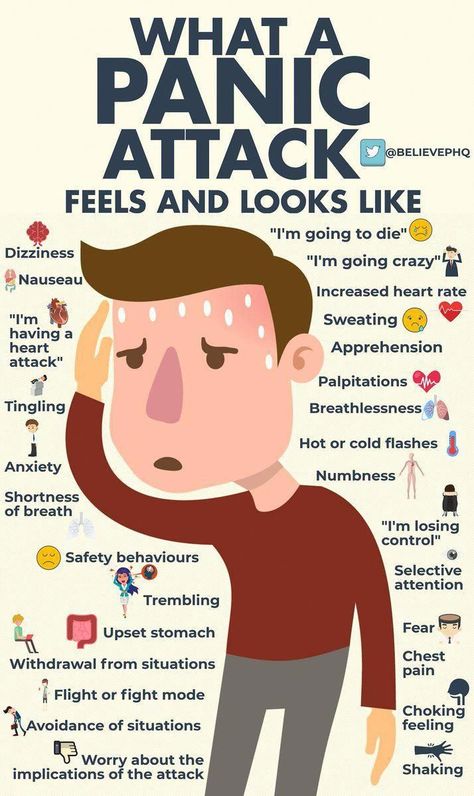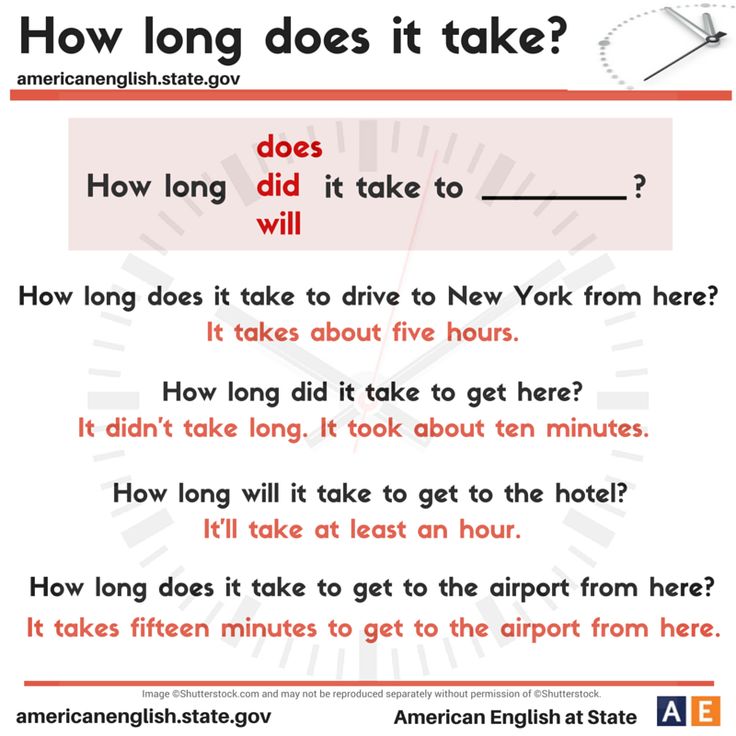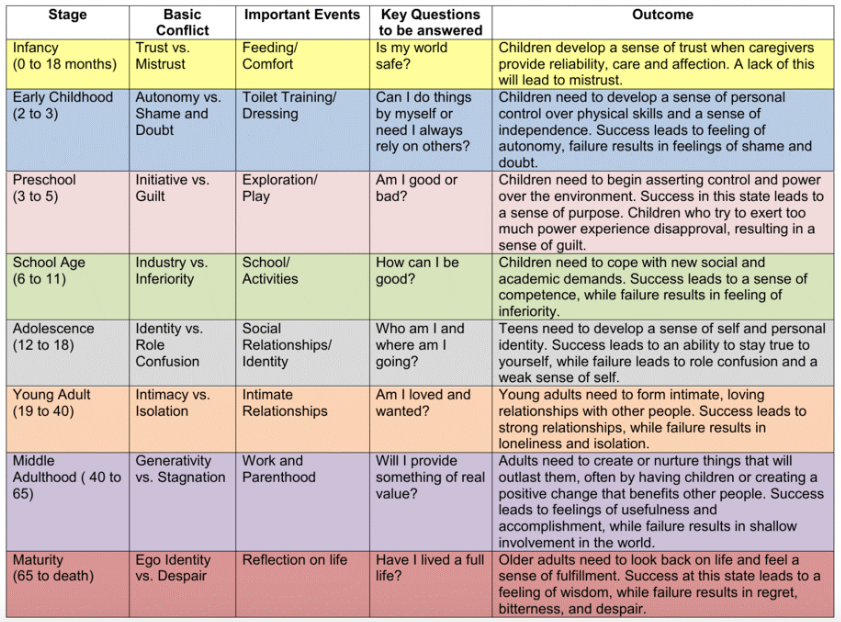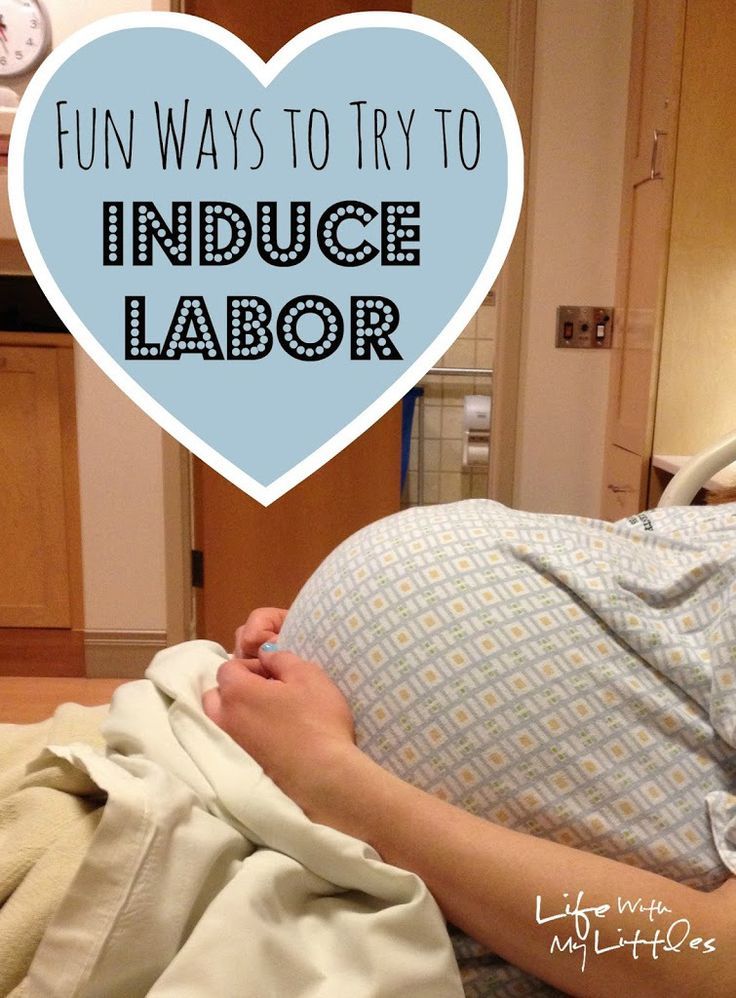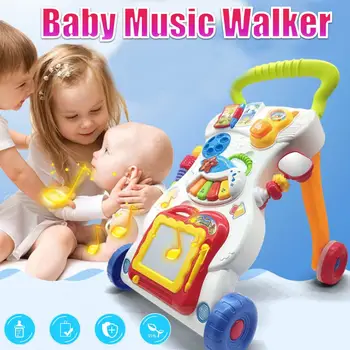How to calm an adhd child down
7 Ways to Calm Your Child with ADHD
To help your child thrive, highlight the positives. Here’s how you can create healthy habits.
All children are different, and it’s these differences that make them unique and fascinating. As parents, our mission is to nurture these distinctive traits and help our children achieve all the things they put their minds to.
To help them thrive, we generally highlight their positives while downplaying the negatives. The problems arise when we see these remarkable differences as deficits.
A child’s hyperactivity may seem like a negative. And while hyperactivity and other symptoms of attention deficit hyperactivity disorder (ADHD) can stand in the way of productivity and attention, they’re part of that child and, if managed, can also allow them to grow and thrive.
So, what are the best ways to calm your child with ADHD and help them obtain success?
If your child is diagnosed with ADHD and begins treatment, as a parent, it’s your job to follow through on recommendations.
If you decide that medication for your child is best for the both of you, consistency is critical. It’s important to know that it’s difficult to tell if your child’s treatment is working when done sporadically. It’s also important to communicate with their doctor if you have concerns about medication selection and side effects.
During this time, it’s important to seek other services like parent training, social skills groups, and therapy for your child to help improve their symptoms.
Just like you need to be consistent with treatment instructions, you need to be consistent at home. Children with ADHD succeed in environments that are consistent. This means that there must be a sense of structure and routine at home.
You may notice that hyperactivity becomes worse during unstructured times — and without supervision, hyperactivity may increase to an excessive level. By building a routine with some flexibility, you create fewer possibilities for hyperactivity to intensify.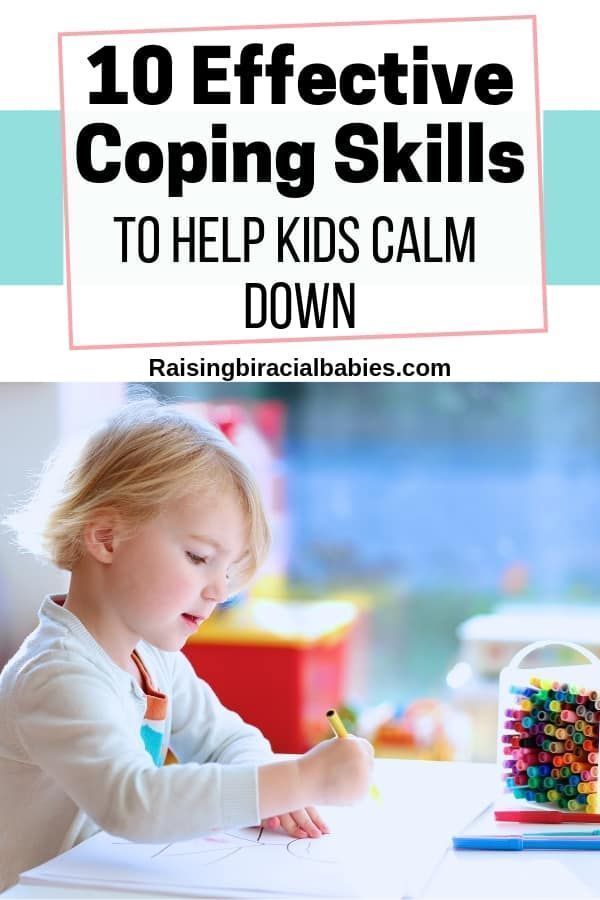
Over time, a stable structure can transform into healthy practices. This will provide your child with the ability to manage their hyperactivity. While you don’t need to micromanage, you do need to put some reasonable orderliness into place.
Asking a person with ADHD to sit still and stay quiet for a certain amount of time is insensitive. It’s better to break up activities that require calmness into chunks of time to help them succeed.
If your child can only tolerate a few minutes of homework, ask them to do as much as they can in those minutes. Following the work, they can take a three-minute break to stretch, hop around, or whatever they decide on before they sit down for another couple of minutes.
This approach ensures that their time sitting down is productive versus being filled with squirming and excessive movements.
Shaping is a psychological method used in behavioral and cognitive behavioral therapies. In shaping, you accept the behavior at its baseline and work to make small changes with the use of reinforcement.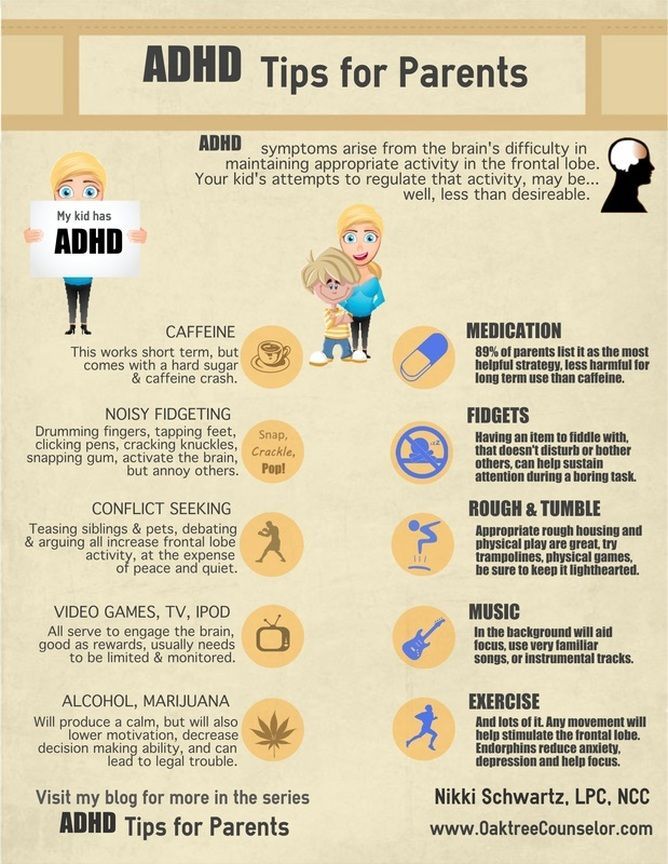
If you wanted to incorporate shaping into the previous homework example, you would start at six minutes, break, seven minutes, break, eight minutes, until their homework is complete.
When your child accomplishes the fixed amount of time at regular activity levels, you give a reward. Rewards can be kind words, a hug, small amounts of money, or a fun activity later on. This process empowers your child to associate extended periods of desired activity levels with positives. With consistency, the times will stretch and become longer.
Allow your child to fidget while engaging in a task that requires a lot of patience. Allowing them to play with a small toy, a piece of clothing, or a fidget tool (like a fidget cube) can help improve attention and focus while simultaneously reducing activity levels.
Your child may do well if they’re allowed to burn off excess energy through playtime before they’re expected to sit still for a number of minutes.
For example, if your child has been sitting all day and bottling up their energy, completing homework as soon as they arrive home may not be the answer. Instead, find some physically-demanding, fun activities for them to do when they first get home.
Instead, find some physically-demanding, fun activities for them to do when they first get home.
Allowing your child to play for a half hour may make focusing on homework more effective and efficient.
Learning about, practicing, and teaching your child about relaxation techniques may help to increase their awareness and understanding of their bodies, feelings, behaviors, and hyperactivity.
These can include deep breathing exercises, progressive muscle relaxation, mindfulness meditation, visualization, and yoga. There are more relaxation techniques out there as well!
Finding the best times to implement these skills will take some experimentation, but the results will be worth it.
NewLifeOutlook aims to empower people living with chronic mental and physical health conditions, encouraging them to embrace a positive outlook despite their circumstances. Their articles are full of practical advice from people who have firsthand experience of ADHD.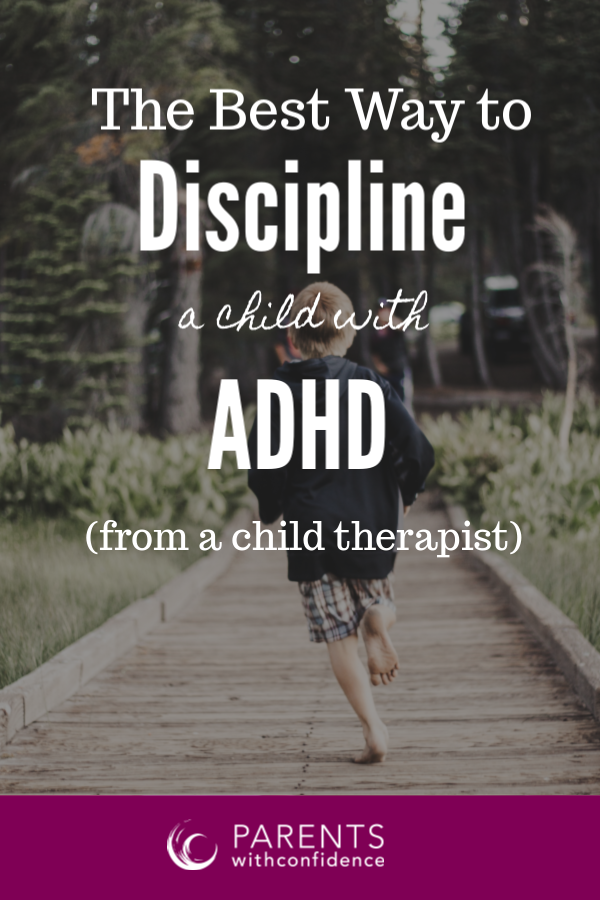
10 Ways to Help Reduce Hyperactivity in Children With ADHD
Not all children with ADHD have hyperactivity, but for those that do, sitting still is an almost impossible feat. The constant physical activity can be frustrating for parents and a nightmare for teachers when hyperactivity causes a child to constantly disrupt the class. But for children with hyperactivity, physical activity is not the only aspect. Their minds often don't shut down. Thoughts go a million miles an hour and in many different directions. To help a child learn to manage or reduce hyperactivity includes strategies to help lower physical activity levels and to calm thoughts.
The following are 10 ways parents can help reduce hyperactivity.
1. Provide a good breakfast.
If your child's teacher complains that he is frequently disrupting the class by fidgeting or getting up from his seat, start your child off with a good, healthy breakfast. Hunger and blood-sugar peaks and valleys can make a child more hyperactive.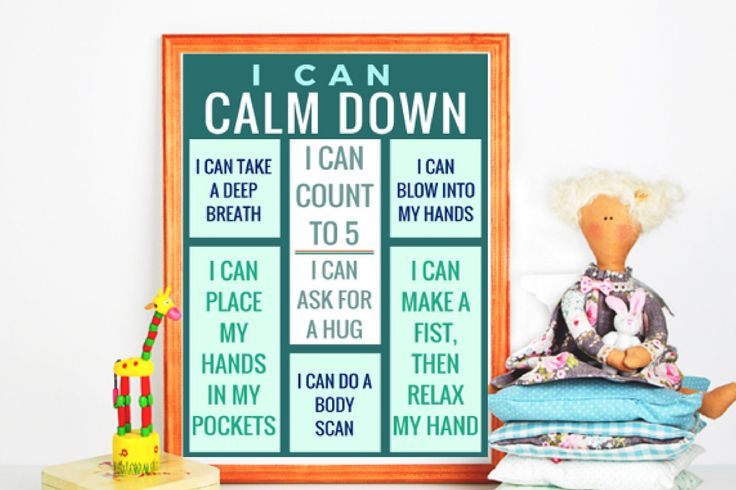
2. Teach deep breathing/yoga/tai chi/meditation.
While many of the strategies are things a parent can do to help their child, it is also important to teach your child methods for self-regulation. Deep breathing exercises, yoga, tai chi, or meditation all help a child learn to slow down their thoughts and their bodies. Work with a professional if you aren't sure how to teach your child these different methods of relaxation.
3. Take a walk.
For moments of high activity at home, taking a walk outside can help your child calm down. Being outside and regular exercise have both been shown to reduce ADHD symptoms. If your child is still young, plan a daily walk around the block into your routine. If he is older, have him take a short walk outside before settling down to do homework or another quiet time activity.
4. Use a boredom box.
Hyperactivity zooms when boredom sets in. Create a box of activities geared toward your child's interests.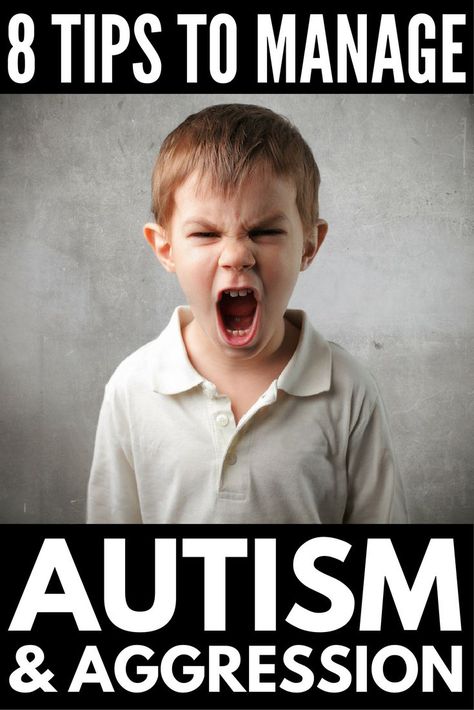 The box might contain dress-up clothes, art supplies, Legos, models, or whatever activity tends to hold your child's interest. To keep the box interesting and novel, switch items once in awhile and once he has lost interest, put the box away until it is needed again.
The box might contain dress-up clothes, art supplies, Legos, models, or whatever activity tends to hold your child's interest. To keep the box interesting and novel, switch items once in awhile and once he has lost interest, put the box away until it is needed again.
5. Routine and structure.
Make sure your days, even weekends and vacations, follow a routine. Children with ADHD thrive in structured environments, when they know what to expect. Allow for transitional time in between activities to help your child move from one to another
6. Use music.
Soothing music, such as classical music, can help some children calm down. Experiment with different types of music to find out what works for your child. Use music in the background for times when activity levels should be low, such as homework time, dinner time, or before bedtime.
7. Create a quiet time area.
Create a space in your house for your child to retreat to during "quiet time. " You could use a bean bag chair and have plenty of books, puzzles, and coloring books to keep your child busy and quiet.
" You could use a bean bag chair and have plenty of books, puzzles, and coloring books to keep your child busy and quiet.
8. Exercise every day.
Add exercise to your child's daily routine. Making sure your child gets at least 20 minutes of exercise each day can help reduce ADHD symptoms all day - and reduce depression and anxiety symptoms. Even during the cold winter months or on rainy days, try to find indoor exercises for your child. Many of the video games have an exercise game to help your child keep moving and entertained.
9. Stay calm yourself.
Children react to your reaction. If you get upset, frustrated, or angry, their hyperactivity levels may increase. Take a few deep breaths, go into the other room, and take a short break if you need one. Staying calm and reacting with a neutral voice will help your child remain calm.
10. Provide fidget alternatives.
For children who seem eternally restless or must fidget whenever they are trying to sit still, provide fidgeting alternatives to help them release energy and keep moving without disturbing others. Your child might sit still for longer periods of time if he has a stress ball or other object in his hand he can manipulate. Chewing gum may also help (but usually isn't allowed in school.)
Your child might sit still for longer periods of time if he has a stress ball or other object in his hand he can manipulate. Chewing gum may also help (but usually isn't allowed in school.)
While hyperactivity can cause inappropriate behavior in some situations, remember, hyperactivity is also seen as a positive trait. Many adults with ADHD appreciate their endless energy and feel they are able to accomplish much more than those without hyperactivity. Help your children learn to harness the excessive energy and use it to help them accomplish their goals.
Meet Our Writer
Eileen Bailey
Eileen Bailey is an award-winning author of six books on health and parenting topics and freelance writer specializing in health topics including ADHD, Anxiety, Sexual Health, Skin Care, Psoriasis and Skin Cancer. Her wish is
How to teach a hyperactive child to hold attention
Your child is “restless”, “interferes with others”, constantly “mistakes”, “does not obey” - how often do we hear this? Maybe it's hyperactivity.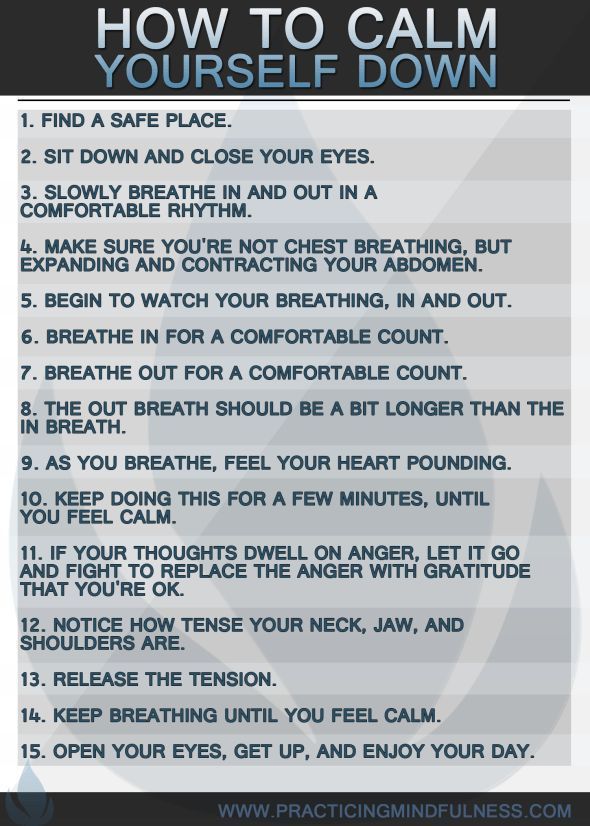 In this case, you just need to understand the child and help him. More than 30 boys and girls with Attention Deficit Hyperactivity Disorder (ADHD) live in the Yunona Family Education Assistance Center. Specialist Maria Baldzhirova talks about the characteristics of such children and what moments in the child's behavior may be the basis for contacting a neurologist, and also advises parents on how to calm their fidgets.
In this case, you just need to understand the child and help him. More than 30 boys and girls with Attention Deficit Hyperactivity Disorder (ADHD) live in the Yunona Family Education Assistance Center. Specialist Maria Baldzhirova talks about the characteristics of such children and what moments in the child's behavior may be the basis for contacting a neurologist, and also advises parents on how to calm their fidgets.
The line between character traits and diagnosis
« People constantly concentrate on some object. However, there are children whom we call "reactive", "restless", "hyperactive". They have a neurological disorder that begins in childhood, Attention Deficit Hyperactivity Disorder, or ADHD. But such a diagnosis can only be made by a neurologist !” - says the teacher of additional education of the Center "Yunona" Maria Baldzhirova.
The first signs of hyperactivity are observed at the age of 3 years, more often in boys.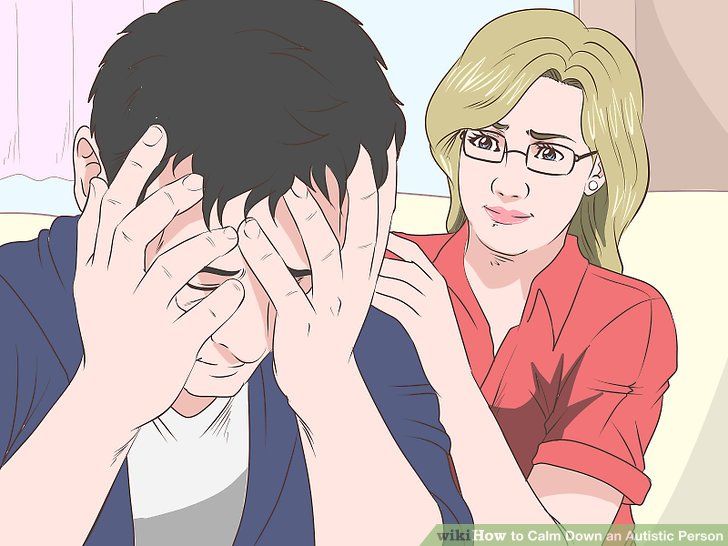 Moreover, in them the syndrome usually manifests itself in active behavior, and in girls - in inattention. Hyperactivity is characterized by low levels of attention, memory, thinking, performance in class, as well as increased fatigue. The child is equally active at home, in kindergarten, at school, on the playground, visiting strangers. There are no situations in which he would behave calmly. This is what makes him different from an ordinary active baby.
Moreover, in them the syndrome usually manifests itself in active behavior, and in girls - in inattention. Hyperactivity is characterized by low levels of attention, memory, thinking, performance in class, as well as increased fatigue. The child is equally active at home, in kindergarten, at school, on the playground, visiting strangers. There are no situations in which he would behave calmly. This is what makes him different from an ordinary active baby.
Compared to their peers, such children are not so attentive to the feelings of other people. They are less willing to share anything with others, less likely to try to help parents, caregivers, children, and almost do not express empathy. Therefore, they have difficulty in establishing relationships with other people.
How Attention Deficit Manifests
Attention Deficit Hyperactivity Disorder manifests itself in different ways. There are several characteristic features, for example: forgetfulness, talkativeness, absent-mindedness, impaired coordination, impatience.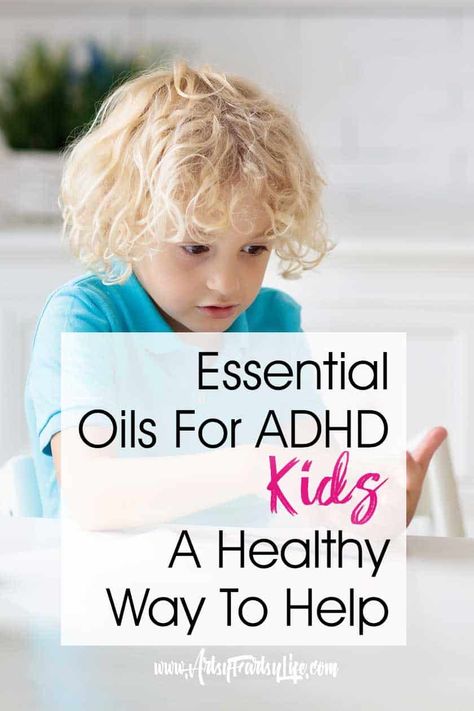 To this we can add situations in which the child:
To this we can add situations in which the child:
- does not sit still, even if necessary;
- does not focus on details;
- does not finish what he started;
- is mistaken due to inattention;
- is easily distracted by foreign objects;
- does not listen to the words of others, interferes;
- often loses his things;
- interferes in the conversation of both elders and peers;
- does not sleep well, cannot relax, rest.
How to help your child
Children with hyperactivity do not have serious cognitive impairments - they just need more time to complete tasks. They make more mistakes because they are trying to complete the task faster so that they can get back to their business. These kids need help.
« The best way to help children with hyperactivity is play. It allows you to control the actions and actions of the child with the help of a specific game plot, rules and roles. Many experts believe that playing with water and sand is just 9 years old for such children.0012 are needed,” notes Maria Baldzhirova .
Many experts believe that playing with water and sand is just 9 years old for such children.0012 are needed,” notes Maria Baldzhirova .
For children with attention deficit hyperactivity disorder, group and individual games are suitable to help calm the child. These can be board games or games that develop concentration and help distribute attention, relieve tension and aggressiveness. The staff of the Yunona Center prepared several such games that parents can play with their children at home.
Five useful games for children with attention deficit hyperactivity disorder
Tree
Starting position - squatting. Let the child hide his head in his knees, and clasp his knees with his hands. He is a seed that gradually sprouts and turns into a tree: the child slowly rises to his feet, then straightens his body, stretches his arms up. Then you need to tighten the muscles of the body and pull it up.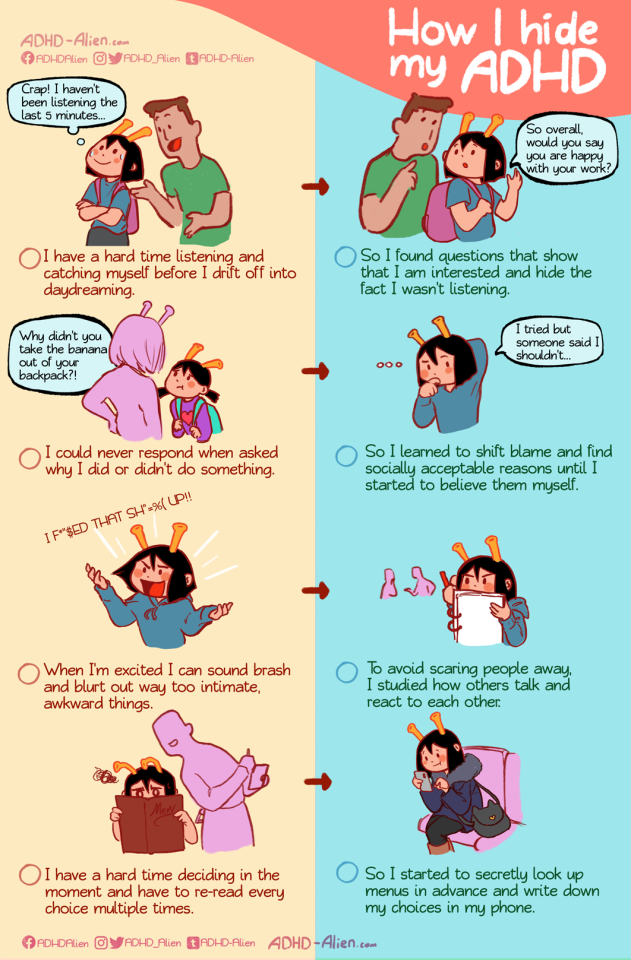 The wind blew: the child swings the body, imitating a tree.
The wind blew: the child swings the body, imitating a tree.
Ring
Alternately and as quickly as possible, the child goes through the fingers, connecting the index finger, middle finger, etc. into a ring with the thumb. You need to play first with each hand separately, then with both hands at once.
Ear-nose
Hold the tip of the nose with the left hand and the opposite ear with the right hand. At the same time, you need to release your ear and nose, clap your hands and change the position of your hands exactly the opposite.
The sea is rough
Children move around the room intensively, assuming various poses. Mom or dad say:
The sea is worried - time!
The sea is rough - two!
The sea is rough - three!
Marine figure - freeze!
At the last phrase, the children freeze in one of the positions and only at the command of the parents “Otomri!” continue the game.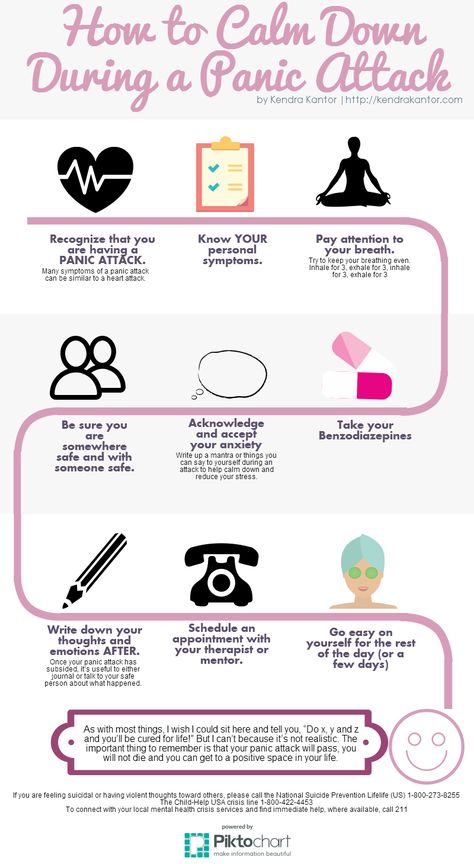
Resting posture
The child sits closer to the edge of the chair, leans on the back, puts his hands freely on his knees, legs slightly apart. Mom or dad slowly, in a quiet voice, with long pauses, pronounce the formula of general peace:
Everyone can dance,
Jump, run, draw,
But not everyone can do it yet
We have a game like this —
Very easy, simple,
Movement slows down,
Tension disappears...
And it becomes clear —
Relaxation is pleasant!
« The most important thing for parents is to be patient, because only systematic, regular work with a child will help him ", - teacher is convinced.
Press Service of the Moscow Department of Labor and Social Protection
Quieter than water: how to calm a hyperactive child
Children are restless by nature. An overly quiet and sedentary child can cause anxiety in parents: “Are you sick?” However, no less fear arises among those whose child is immoderately active.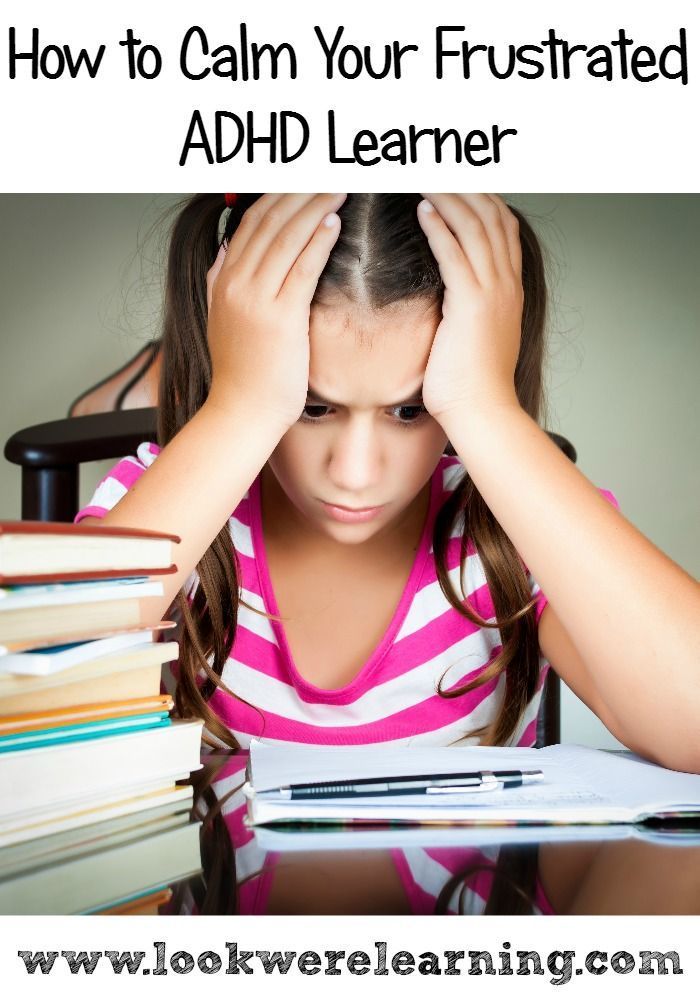
Children who cannot sit still find it difficult to concentrate, remember information, organize their thoughts, relax before going to bed, and are recklessly diagnosed with Attention Deficit Hyperactivity Disorder. In vain. Indeed, in most cases, your baby is just very energetic, emotional and inquisitive.
The task of parents is to direct the flow of children's energy into a peaceful direction. Just imagine how much meaningful information an active child can learn, how many useful things to do!
Some parents make the unforgivable mistake of trying to calm an overactive offspring. They self-diagnose their son or daughter with ADHD and try to fix the problem with medication. However, even the most seemingly harmless sedatives can cause obvious harm to the baby: cause sleep problems, irritability, tearfulness, lethargy and anxiety.
Only a doctor can confirm or deny that your child has ADHD, remember this.
How to calm down a naughty kid who runs around the apartment from morning to evening, sweeping away everything in his path, refuses to do his homework, cannot watch cartoons for 10 minutes and constantly pesters parents, educators and teachers with questions and crazy ideas?
· Stick to a certain daily routine
It is better to limit the activities of too active boys and girls to a time frame.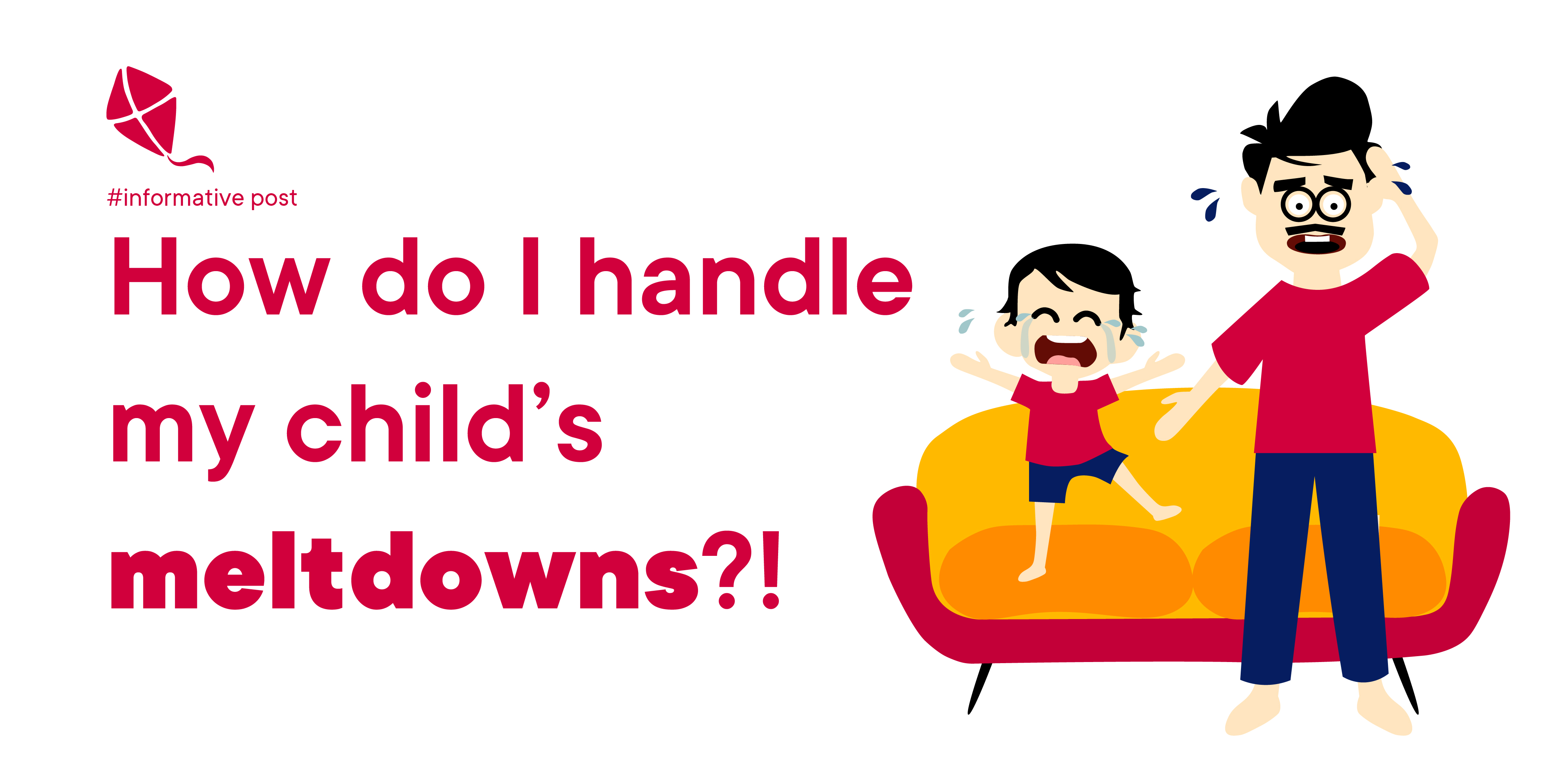 Let the child get used to the fact that at 7.00 he gets up, at noon - lunch, and from 17.00 to 19.00 - walk before dinner. Children whose day is structured are easier to control. In addition, the schedule that the child follows every day will help develop responsibility, attentiveness, and increase working capacity.
Let the child get used to the fact that at 7.00 he gets up, at noon - lunch, and from 17.00 to 19.00 - walk before dinner. Children whose day is structured are easier to control. In addition, the schedule that the child follows every day will help develop responsibility, attentiveness, and increase working capacity.
· Do not overexcite the child
Parents with children who have an inexhaustible supply of energy strive to make their day as full as possible. Swimming, boxing, morning and evening walks, drama classes, children's yoga, reading books, drawing. And this is in addition to the main classes at school or games in kindergarten. There is a share of common sense in this approach - the child can fully splash out the energy accumulated in him. Ideally, by the evening he should feel a little tired. But not everything is so simple. Overexcitation of the nervous system can lead to increased irritability and insomnia. During the day, the child experiences so many events that by the evening he simply does not have time to “digest” them.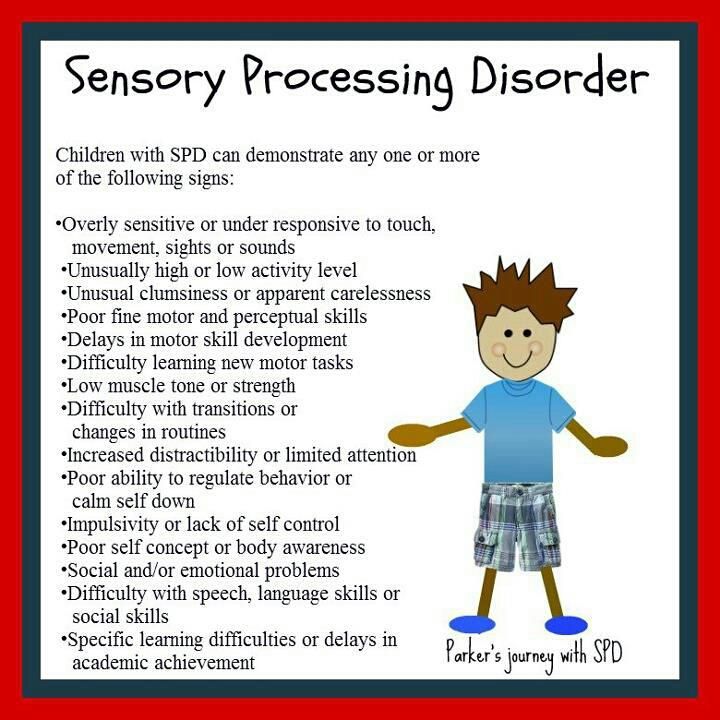
· Keep track of your nutrition
Some foods can make your baby more active. It is scientifically proven that sugar in large quantities leads to the fact that children become hyper-energetic. Limit sweets in the evening.
Introduce healthy natural foods into your son's or daughter's diet: vegetables, fruits, cereals, milk, yogurt, lean meats.
There are products that have a so-called hypnotic effect. They are recommended to use before bed. The list includes kefir, yogurt, warm milk, a couple of spoons of honey, a handful of almonds.
· Do not sort things out in front of the child
A hyperactive child is always very impressionable and emotional. You should not shake his fragile nervous system by arranging family scandals or simply speaking in a raised voice.
· Come up with an exciting activity
A hobby for a child will save parents who have lost all hope to interest a little tomboy.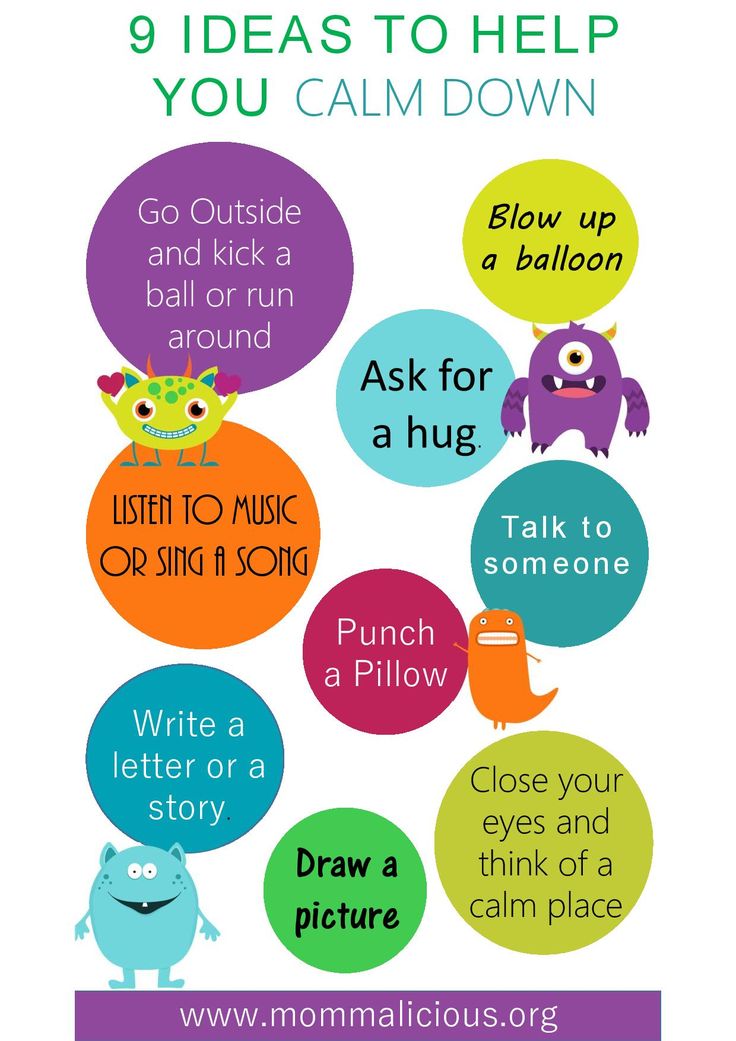 Try to determine what interests your offspring the most at the moment. Collecting bright postcards, creating crafts from natural materials, classes in a dance club. The main condition is that the child's eyes should burn at the thought that several hours are waiting for him ahead, which can be devoted to his favorite pastime.
Try to determine what interests your offspring the most at the moment. Collecting bright postcards, creating crafts from natural materials, classes in a dance club. The main condition is that the child's eyes should burn at the thought that several hours are waiting for him ahead, which can be devoted to his favorite pastime.
· Trust household chores
Children who have nothing to do often make noise and play pranks. Firstly, this is a way to have fun on your own in the absence of a company for games. Secondly, in this way you can attract the attention of adults who are always busy and do not want to play, run around the streets and laugh at the top of their lungs. Have you tried to entrust the kid with an adult business? Give him a broom and a dustpan - let him sweep the garbage in the corridor; give a bag of buckwheat - let him choose foreign impurities.
It is important to explain to the child that he will be busy with very responsible work and will provide invaluable help to mom and dad.